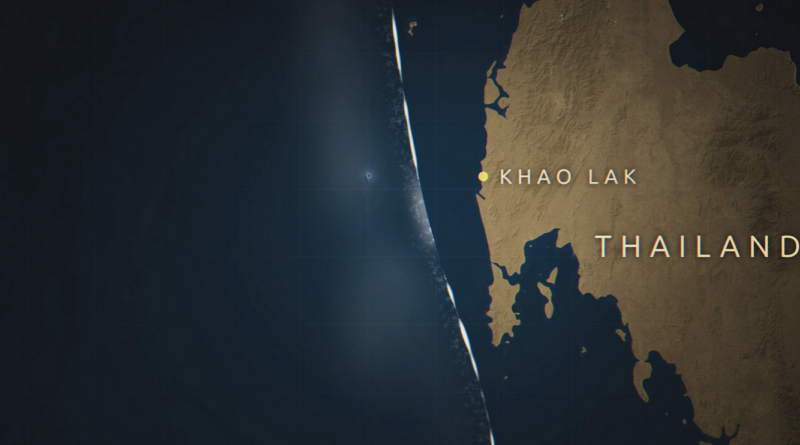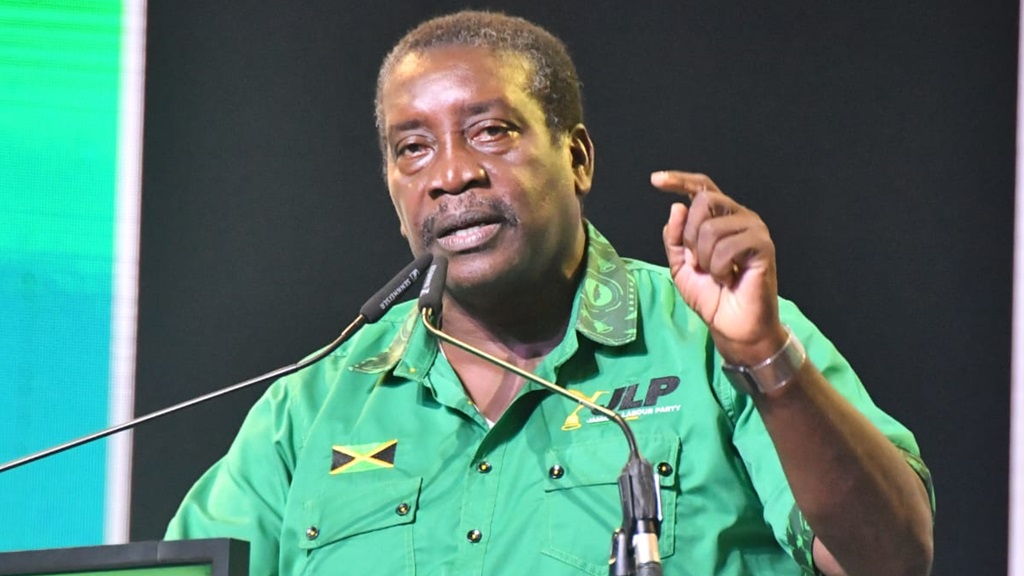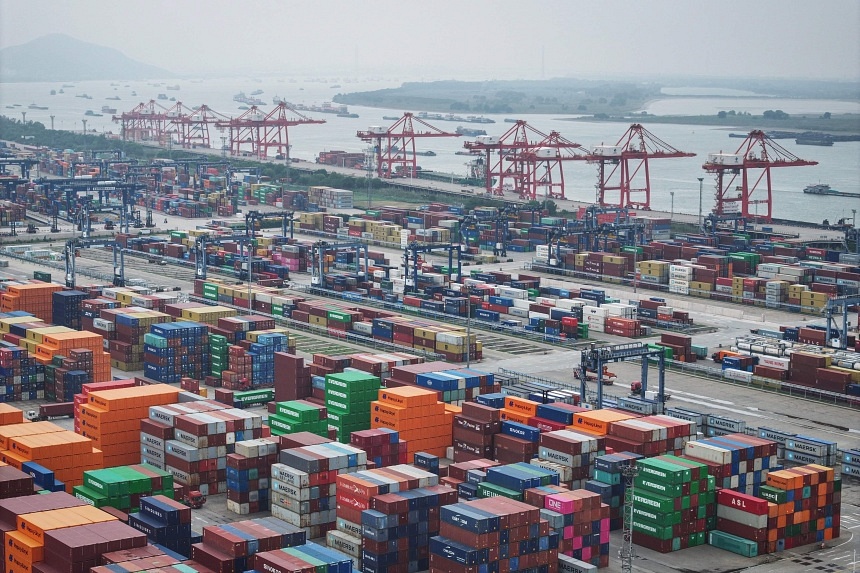
National Geographic is commemorating the 20th anniversary of the lethal tsunami of 2004 with “Tsunami: Race Against Time,” a new four-part documentary honoring the survivors at the center of the earthquake induced catastrophe, including a young woman determined to chronicle the unfolding disaster with her new birthday gift, a video camera. There is a technology story behind the human drama as well, with implications for carbon sequestration and other underground activity. Tsunami: Race Against Time begins unspooling on National Geographic beginning on Sunday, November 24 at 9/8c.
Streaming begins on November 25 on Disney+ and Hulu. National Geographic invited CleanTechnica to a preview of the show in October. It depicts human beings at their most vulnerable and most heroic, punctuated by screamingly frightening animation engineered by the VFX house Lux , with 9 billion data points put through Houdini and Python.
The emotional level of the production is off the charts, so instead of trying to describe it I’ll give you a link to the trailer on YouTube . If the obvious question about the disaster is why didn’t people get out of the way, the answer is just as obvious. The tsunami struck in the Indian Ocean, which had not seen a major tsunami since 1883.
Public awareness of the potential for danger was low. In addition, there was no early detection, warning, and response system for the Indian Ocean. People just didn’t know.
Scientists at the NOAA Pacific Tsunami Warning Center in Hawaii did register the initial earthquake, which occurred 18.6 miles below the ocean floor. They determined that it would not cause a tsunami in their warning area, the Pacific Ocean.
That was correct. However, as Tsunami: Race Against Time portrays in chilling detail, staff at the Warning Center continued to piece the incoming data together in real time, minute by minute, to reveal impacts on the Indian Ocean. They had the information in hand, but there was no way to communicate the danger to civil defense authorities in the region.
I had the opportunity to speak about the tsunami with Barry Hirshorn, a researcher at the Scripps Center for Oceanography geophysicist who worked at the Warning Center when the earthquake struck. He and his colleagues are featured in the documentary as they race assemble data about the expanding impact of the earthquake, and try to warn officials in the Indian Ocean about the coming tsunami. Hirshorn described the experience of working with the data, knowing that many thousands of people are in harm’s way: “I remember that I was very very obsessively focused on trying to be as efficient and calm as possible.
I felt the most valuable thing I could do was think, study the data, and process the information...
I was pushing aside the other feelings, I was getting a surge of shock and that kept getting worse as the number of casualties went up and up...
the magnitude of the disaster just kept growing...
I was pushing everything aside and trying to concentrate on how we could save people ahead of the wave...
.” Hirshorn’s work at Scripps involves developing new ways to characterize an earthquake as quickly and accurately as possible. Still, he emphasized that public communication is the essential ingredient.
“I would argue that education may turn out to be more important than anything else,” he remarked, referring to organized public awareness campaigns and response preparedness. He also underscored the value of indigenous knowledge. The receding shoreline and other indications of danger were clearly obvious to coastal residents who knew the signs and safely evacuated.
The risk of catastrophic damage from an earthquake or tsunami is low in many parts of the US. However, human-induced seismic activity is becoming more common. Fracking is one cause.
Short for hydrofracturing, fracking is a method of bringing up oil and natural gas from shale formations by pumping vast quantities of fluid underground. Though much of the traceable activity is linked to the disposal of fracking fluid , some evidence also points to the fracking operation itself. Texas, for example, has experienced a dramatic increase in earthquake activity over the past five years, with fracking fluid disposal suspected as the cause.
The impacts have been limited so far, but when a building experiences repeated shaking it can be more vulnerable to damage, and concerns have been rising. Last summer officials declared a state of emergency after 61 earthquakes hit Scurry County over a period of seven days, including one that registered as the 5th-strongest in Texas history. Carbon sequestration is another risk area.
The idea of capturing carbon emissions from a power station or other industrial site and shunting it by pipeline to an underground disposal site was trialed in the US as the FutureGen project, which failed miserably. Stakeholders have been persistent, though earthquake risk among the questions to be resolved. An earthquake link has also surfaced in the practice of injecting carbon underground to stimulate oil and gas production, though so far the evidence is slim.
Some of the answers could be forthcoming under a research project at the University of California–Santa Cruz, where professor Emily Brodsky is working on a $1.1 million Department of Energy grant aimed at studying the potential to induce earthquakes from different kinds of human activity including geothermal wells and groundwater management systems as well as fracking and carbon sequestration. “Induced earthquakes could be the Achilles heel of carbon sequestration.
If the rocks fail you no longer have sequestration—it breaks the confinement of the carbon dioxide, and you’ve just wasted time and money while getting no closer to a climate change solution,” Brodsky remarked back in 2022, when the grant was awarded. Nevertheless, the study is expected to produce more accurate methods for assessing and predicting the conditions that cause rocks to fail, potentially enabling developers to avoid at-risk sites. The outcome should benefit the geothermal industry as well.
Industry stakeholders are counting on new enhanced geothermal systems to extend the range of potential sites. Unlike conventional geothermal technology, enhanced systems don’t rely on existing rock formations. Instead, they deploy human-made underground reservoirs, consisting of fractured rock.
Follow me via LinkTree , or @tinamcasey on Threads, LinkedIn, and Bluesky. Image (screenshot): A new National Geographic documentary depicts the human struggle following the killer tsunami of 2004, including footage from the Pacific Tsunami Warning Center in Hawaii (courtesy of National Geographic). CleanTechnica's Comment Policy LinkedIn WhatsApp Facebook X Email Mastodon Reddit.














